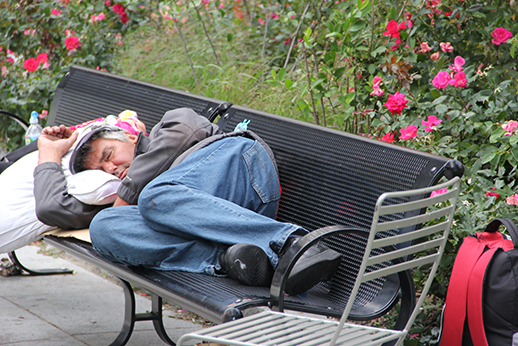
Inequality Fuels Drop-Out Rate
Education is the holy grail of success. But too many young men in this country don’t graduate high school, much less aspire to a college degree.
It’s clear that completing high school improves one’s chances of moving up the economic ladder. So why doesn’t this incentive always work?
At a time of greater attention to the nation’s widening inequality, new research supports the argument that income inequality may actually discourage disadvantaged low-income teenagers from finishing high school.
The study examined whether there is a relationship between inequality and the drop-out rate, measuring inequality as the ratio of the lowest incomes in each state – the bottom 10 percent – to incomes in the middle. The study found that drop-out rates for teenage boys in states with the greatest inequality were 4.1 percentage points higher than drop-out rates in the states with the least inequality – this is a big difference, amounting to more than one-third of the 11.1 percent average drop-out rate.
Much the same relationship between inequality and drop-out rates also existed in a county-level analysis. Although the findings did not carry over to teenage girls, an earlier study by the same researchers established a link between inequality and teen pregnancy.
To understand what might be going on, Phillip Levine of Wellesley College, one of the study’s authors, said to consider a high school student living in a poor neighborhood who is exposed to wealthy suburban kids who clearly have better opportunities. The poor teen might conclude there is little point in doing what is needed to succeed if the cards are stacked against him.
“It has to be the case that the kids believe they have a chance to succeed, and they actually have to have a chance to succeed,” Levine said. Inequality might undermine their perceptions.
If so, this would support the need for programs that make clear to low-income teens that they have opportunities. One such program Levine cited is Kalamazoo Promise – in this program, hope for disadvantaged high school students comes in the form of tuitions paid at Michigan colleges for every high school student who graduates.
Comments are closed.







Quite interesting. Another argument for addressing the ever-continuing, ever-increasing economic and opportunity inequality in the USA.